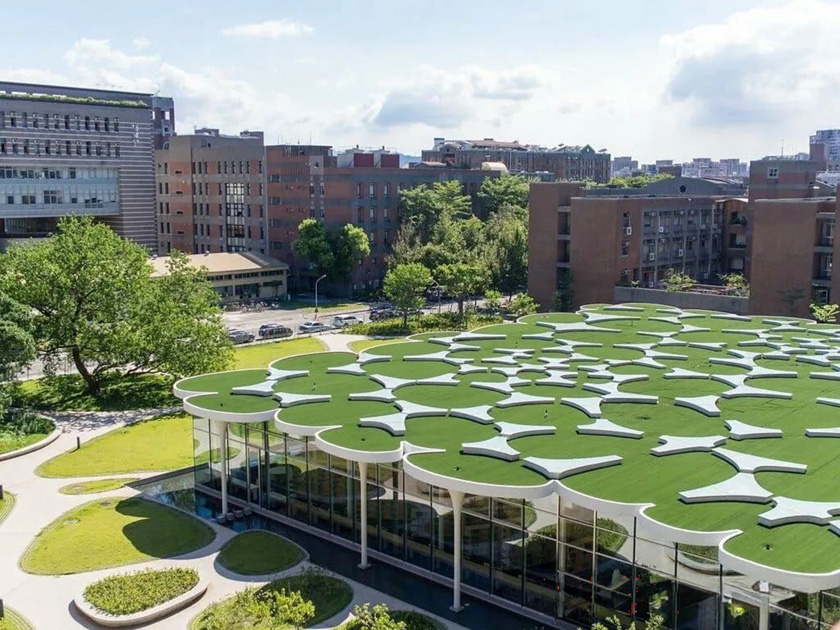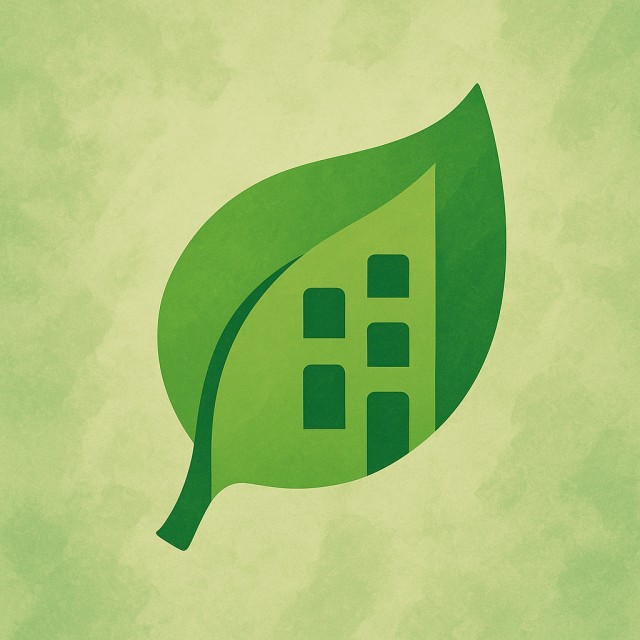Green Roof Modules: Smarter Energy Saving for Sustainable Architecture
2025-06-12
In the face of climate change and rising urban energy demand, reducing carbon emissions in buildings has become a global necessity. One of the most effective strategies? Optimize the rooftop.
Traditional building roofs absorb solar heat and contribute to the urban heat island effect, increasing the need for cooling and raising energy consumption. By contrast, green roofs act as thermal buffers—cooling the building naturally, improving air quality, and reducing stormwater runoff.

Why Green Roofs Matter for Energy Reduction
- Lower rooftop temperatures by 15–30°C compared to bare roofs
- Reduce indoor cooling demand by up to 25%
- Capture rainwater and reduce drainage pressure
- Extend the lifespan of waterproofing layers
Green Roof Modules: Modular Technology for Maximum Efficiency
The shift from traditional layered systems to modular green roof trays has revolutionized sustainable roof design. One outstanding example is the HT‑508 Green Roof Module by Hoensoey.
This 500×500×80mm polypropylene module integrates soil, drainage, water storage, and root control in a single unit. It’s lightweight, stackable, easy to install, and optimized for both flat and low-slope rooftops.
Core Benefits of HT‑508
- Energy savings: reduces roof surface temperature, improving indoor energy performance
- Water conservation: built-in reservoir enables passive irrigation
- Low maintenance: supports no-irrigation or AI-assisted management
- Fast deployment: ideal for commercial and residential retrofits

Modular Trays + Sustainable Design = Real Impact
Green roof modules offer a repeatable, scalable method to green buildings without complex construction. Whether used in large urban projects or small-scale renovations, they help reduce a building’s environmental footprint.
According to lifecycle assessments, buildings with green roofs can reduce total carbon output by more than 17% over 50 years. This includes energy savings, carbon absorption by vegetation, and reduced infrastructure strain from stormwater.
Conclusion
If your project aims to meet net-zero targets or LEED/BREEAM certification, integrating a smart modular green roof is a cost-effective, future-proof strategy. Products like the HT‑508 Green Roof Module are leading the transition toward cities that are greener, cooler, and more energy efficient.
Let your rooftop work smarter—for the planet, and your bottom line.

PrécédentFrom 8cm to Elevated Systems – Solutions for Different Planting Needs
ProchaineEco-Friendly Living: How Sustainable Architecture Enhances Urban Communities
Message






